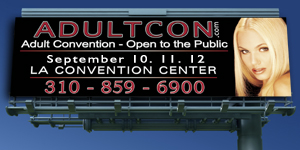How Sticky are You?

Is your website just sticky or does it have audience loyalty? Social media builds trust.
Have you seen the recent study was showing that SEO was better at building sticky traffic than social media?. I believe this. When you go to Google and search for a site, you intend to spend time on that site. You are looking for it, and the search engine helps you find it. Boom…sticky.
Social media is not a tool for click-throughs, though you will get them. It is not a tool for sales, though you will make them. It is not a tool to drive traffic, though you will do that. Social media is a tool to build relationships with your audience.
This is more than click-throughs and short-term sales. This is more than singular traffic.
When you build a relationship with your audience you are creating:
- Brand recognition
- Loyalty
- Positive customer service
- Authority
- Lifetime traffic
- Trust
“The best part of relationships is they are protectable assets. When someone likes you, trusts you or finds you credible, it’s very hard to take that away.” –Why Social Media Matters
Relationships take time, and this is where studies that look at traffic sources and declare that SEO is more effective fail. They are looking at the one time click. They are not looking at the lifetime business relationship.
Relationships are based on multiple experiences. They are built from a history of experiences and exposure. The formula is simple; the more you interact the deeper the relationship. And because the company view is built off this relationship, one bad review or blog post is not going to be able to sully that reputation. Because your reputation is built from interpersonal relationships, it will not be tarnished by anonymous slander.
Yes, SEO is a wonderful tool that everyone should use. However, you are not comparing apples to apples when you compare SEO to social media. SEO looks at searches. Social media looks at relationships. And let’s face it, when you really like a brand because you tweet and Facebook with them, you don’t need to search for their website because you already know their domain (and studies can’t identify how much direct traffic came from social media followers…yet).



 paper.li
paper.li Hold on to your pantyhose, it’s time to rebrand! That sense of panic when you realize that you probably need to consider rebranding can be paralyzing. But this is a serious issue. For many of us, when we get started online we think we have our thumb on the pulse of our niche. We think we have found a terrific topic and a great name and are creating a super brand. Well, maybe you have and maybe you haven’t. Really, the only way to tell is to give it time.
Hold on to your pantyhose, it’s time to rebrand! That sense of panic when you realize that you probably need to consider rebranding can be paralyzing. But this is a serious issue. For many of us, when we get started online we think we have our thumb on the pulse of our niche. We think we have found a terrific topic and a great name and are creating a super brand. Well, maybe you have and maybe you haven’t. Really, the only way to tell is to give it time.


